Search Results for 'policeman'
22 results found.
College House, a brief history
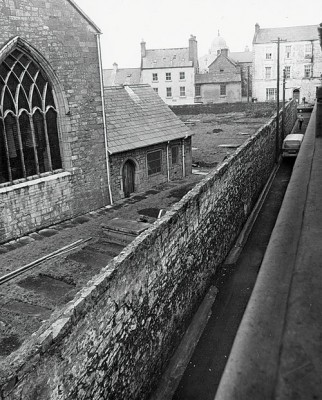
This photograph was originally taken in 1983 as the corporation was preparing to knock down the high wall that ran around St Nicholas’ Collegiate Church and replace it with the railings that had surrounded Eyre Square… one of the better Quincentennial projects that helped improve the face of Galway.
Friends made on the field can last a lifetime
My school, Carmelite College, Moate, won back to back All- Ireland Hogan Cup titles in 1980 and ’81. I was on the 1980 team. A couple of lads decided it would be a good idea (and it was) to organise a 30 year reunion last Saturday in Moate for both squads. I didn’t make it up in time for the golf or the walking tour of our old school (now closed), which started around 2 o’clock that afternoon. I arrived at the hotel at about 7.30pm and walked straight into a crowd of about 50 lads who, at that stage of the evening, were in right good form. They had the benefit of five or six hours in each other’s company and had managed, in that time, to reacquaint themselves, many not having met throughout the 30 years. It was a mortifying moment for me as I didn’t recognise half of my school mates initially. Many had, let’s just say, that wintered look about them. Two of the lads had emigrated to the US after leaving school. One of those two is now a policeman in New York, the other a successful business man in San Francisco. It was good to meet up with those lads after so many years. Val Daly was another member of the side. He arrived later than I, as he was in Tuam watching his native Mountbellew lose the county semi final to Killererin earlier that evening. The boys from the 1981 winning team had invited a couple of the lads from the beaten finalists of that year. So, in fact, the first faces I recognised when I went in the door were Sean Maher, John Finn, Seamus O’Brien and Ollie Kelly, all members of the Claremorris school team beaten by Moate. It was a wonderful night and highlighted for me the fact that friends made on the football field can last a life time.
Jeff O’Connell’s literature lectures
JEFF O’CONNELL, the author and Galway Advertiser columnist, will give a series of six talks on poets and novelists in Johnston’s Hall, Kinvara.
In the end the Mayos didn’t say much
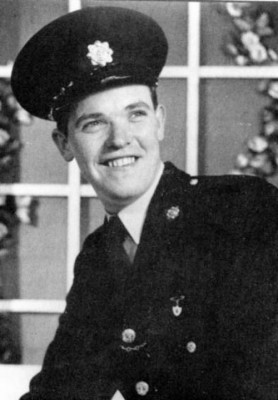
In the early 1990s the Mayos in Galway were getting so uppity that it was decided that action would be taken. It is believed that Seamus Keating, the legendary Galway city and county manager, and a Tipperary man to boot, was never slow in taking the hard decision. Exasperated by the controls exerted by the Mayos, their prestigious positions in all walks of life in the city, their swagger about the place, and the whingeing by the few Galwegians left on his staff at the unfairness of it all, one day he pressed the red button on his desk.
Dick Byrne - The man who brought light to Mayo
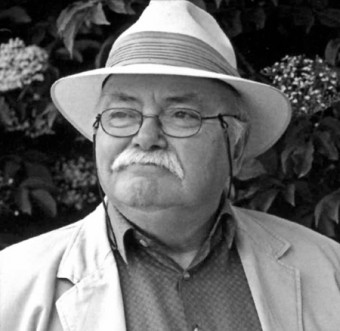
Terrible punishments awaited young transgressors in the Ireland of the 1950s. If a boy mitched from school he could end up in Letterfrack, the notorious so called industrial school, run by the Christian Brothers. It was a type of borstal, where, for almost a century, troubled boys were brutally chastened and subdued. Its grim, grey buildings still stand today, and if you pass them on a wet Connemara day, you wonder about the boys who were sent there from cities and towns around Ireland. Despite its change of usage to one of the foremost craft training centres in the country, it still looks a sad place to me. But back in the 50s and 60s its name struck terror in the hearts of most boys and youths. I remember seeing a boy handcuffed to a policeman sitting on the Dublin train. Word was whispered around the carriage that the boy was from Letterfrack. We all stared at him as if the poor fellow was an alien.
Mullingar man jailed for carjacking
A Lithuanian national living in Mullingar and an accomplice have been jailed for four years for hijacking a car from a fellow national last year.
The Claddagh — the old and the new
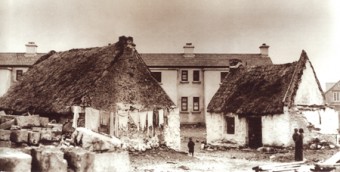
This photograph was taken in the 1930s and illustrates the huge difference between the old thatched cottages in the Claddagh and the new houses that were being built to replace them. Even though the area was a building site with the new houses going up, people were obviously still living in the old houses if we are to judge from the line of washing we see hanging on the gable in the centre. The two thatched roofs look as if they are about to cave in. The woman and child we see on the right look very forlorn... could it be that their house was the next to be knocked and cleared? It may have been small and not very roomy, but it was home, probably to a number of generations of the family, so it cannot have been easy to see it flattened.
The Claddagh — the old and the new
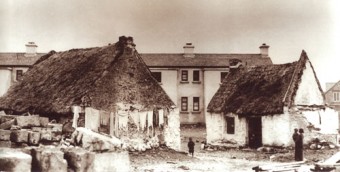
This photograph was taken in the 1930s and illustrates the huge difference between the old thatched cottages in the Claddagh and the new houses that were being built to replace them. Even though the area was a building site with the new houses going up, people were obviously still living in the old houses if we are to judge from the line of washing we see hanging on the gable in the centre. The two thatched roofs look as if they are about to cave in. The woman and child we see on the right look very forlorn... could it be that their house was the next to be knocked and cleared? It may have been small and not very roomy, but it was home, probably to a number of generations of the family, so it cannot have been easy to see it flattened.
Joe Togher, a Galway volunteer
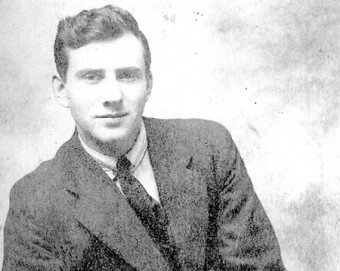
Joe Togher was born in Headford on September 8, 1898. His father was a shopkeeper and his mother was from Carlow, and they had three more sons and a daughter. His father died when he was very young, so in 1910 his mother moved the family into Francis Street in Galway where she opened a small hotel (see photograph) to support them. She was very busy with the business so it was Joe’s sister Nell who looked after him. He went to ‘The Mon’ where a nationalistic Brother Leo was a major influence. Joe was a good oarsman, a champion sculler.
Sean Broderick and the Black and Tans
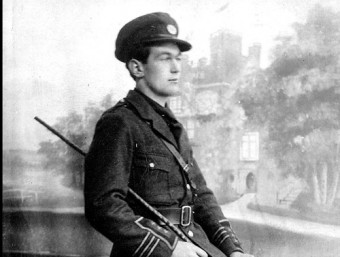
During the Black and Tan era, it was difficult for the IRA to be overtly active in Galway City because it was so heavily garrisoned. Renmore Barracks which was the headquarters of the Connaught Rangers, was occupied by the Sherwood Foresters, more of whom were based in Oranmore: There was a large detachment of the 17th lancers at Earl’s Island: The Auxiliaries had a Company in Lenaboy Castle: And, between the barracks in Eglinton St., two more barracks in Dominick St and many private houses which had been commandeered, there were some 500 men. In addition there were, at varying times, a number of troops camped near Galway.

